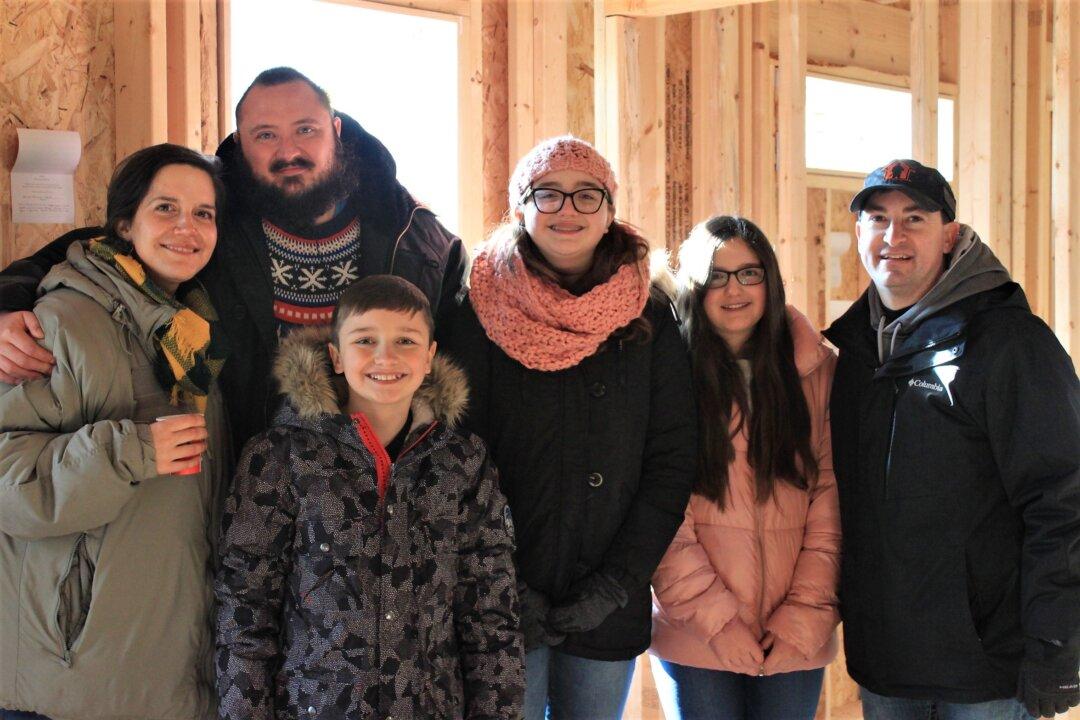Every fall semester, on the North Shore of Long Island, freshmen attending Webb Institute climb into imperfect, home-grown vessels and set out on a course with hopes of winning the race without sinking. The onlookers, mostly upperclassmen, watch the voyages taking place in the harbor, immersed in their own memorable initiation as new undergraduate students studying at the private engineering college.
Junior Jacob Dillistin, a native of West Palm Beach, Florida, recalled how he and his team had just a few materials to work with for that exercise.





